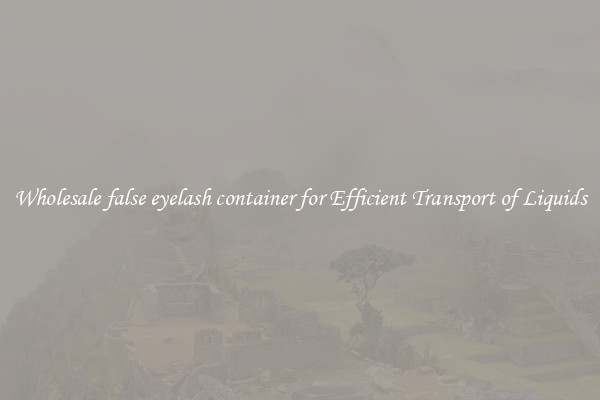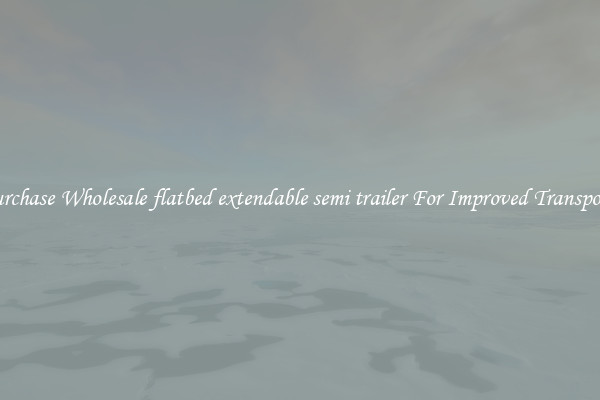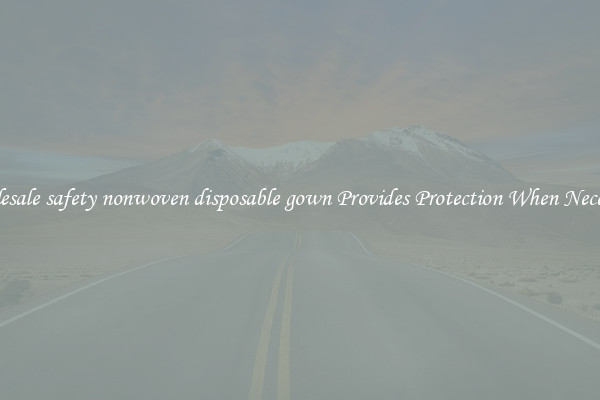Creative environmental sandbags For Packaging And Transport
Sandbags are a vital tool in protecting homes, businesses, and infrastructure from flooding and erosion. Traditionally made from woven polypropylene or burlap, sandbags have long been a staple in emergency flood protection. However, these traditional sandbags come with their own set of environmental concerns, including the use of non-biodegradable materials and the need for large amounts of sand.
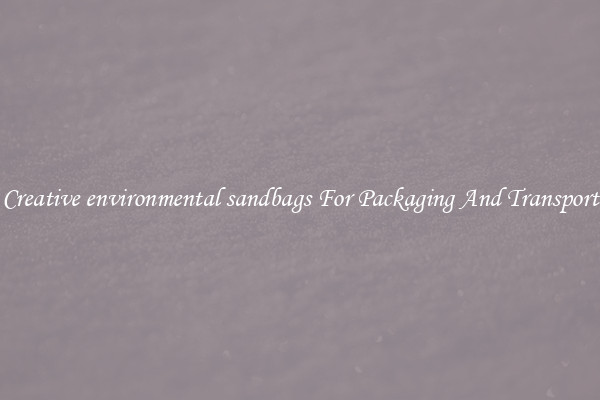
In recent years, there has been a push for more sustainable and creative alternatives to traditional sandbags. One such alternative is the use of environmentally friendly materials such as jute or recycled materials for sandbag production. These materials are biodegradable and less harmful to the environment than traditional polypropylene.
Another innovative solution is the use of alternative fillers instead of sand. Wood chips, cotton, and rice hulls are all examples of natural materials that can be used as fillers for sandbags. Not only are these materials more sustainable, but they also have the added benefit of being lighter and easier to transport than sand.
In addition to using more environmentally friendly materials and fillers, there have also been advances in the design of sandbags for packaging and transport. Creative solutions such as collapsible sandbags, inflatable sandbags, and self-sealing sandbags have made it easier to store and transport sandbags without the need for bulky containers or additional equipment.
The use of creative environmental sandbags for packaging and transport not only helps to reduce the environmental impact of traditional sandbags but also provides a more sustainable solution for flood protection. These innovative alternatives are not only better for the environment but are also more cost-effective and efficient than traditional sandbags.
As climate change continues to worsen and extreme weather events become more common, the need for effective and sustainable flood protection measures is more important than ever. By embracing creative environmental sandbags for packaging and transport, we can better protect our communities and our planet from the devastating effects of flooding.
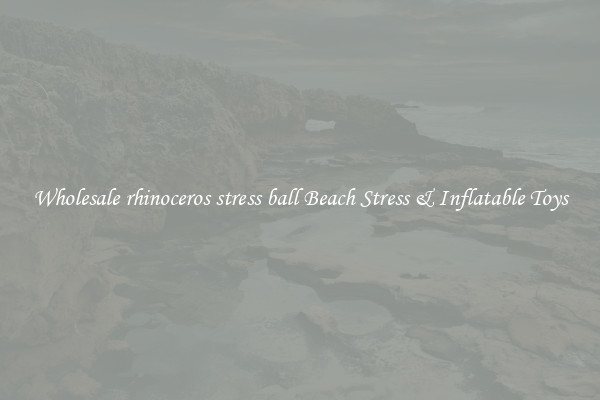
View details

View details

View details

View details


